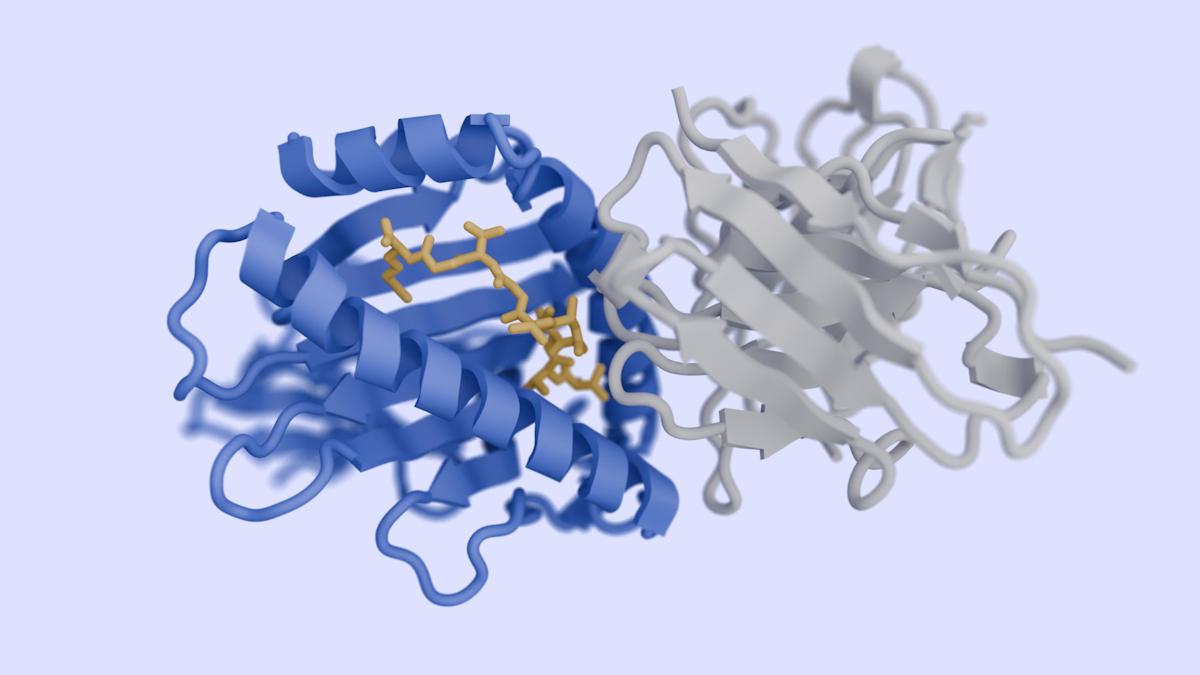NICE backs 'real-world' wearable devices for Parkinson's disease

Five wearable devices that monitor patients with Parkinson's disease as they go about their lives have been given a provisional recommendation from NICE, making them available via the NHS while additional data is collected.
The UK health technology assessment (HTA) organisation said the devices may be more accurate at making a clinical assessment of a patient's symptoms and disease progression compared to intermittent, in-person appointments at the clinic.
However, NICE's interim director of medical technology – Mark Chapman – said there is "uncertainty in the evidence" for the five wearable devices at the moment, which is why they have been backed temporarily "while data is collected to eliminate these evidence gaps."
If they do prove to be effective, the hope is that the devices will help doctors make more effective medication choices for the 120,000 people living with Parkinson's in the UK, as well as directing other follow-up treatments like physiotherapy.
The five wearable devices all take the form of sensors designed to harvest movement data such as gait, involuntary movements, and posture throughout the day and sometimes over 24 hours day. They are:
- The Personal KinetiGraph (pictured above) from Global Kinetics Corporation, a watch that is intended to quantify symptoms like tremor, involuntary movement, and slowness, as well as monitor movement activity during sleep;
- Sense4Care's STAT-ON, a waist-worn device configured by a doctor that measures involuntary movement, gait, slowness, falls, energy expenditure, and posture – but not tremor – and also prompts and records medication usage;
- Kinesia 360 from Great Lakes Neurotechnologies, which uses sensors on the wrist and ankle, combined with a smartphone app to record data on involuntary movements and tremor. It is used during the day and recharged overnight, and also features a diary for patient-reported outcomes;
- KinesiaU from Great Lakes Neurotechnologies, based on a smartwatch and smartphone combination. It measures tremor, slowness, and involuntary movement, with the results sharable between patients and their healthcare professionals, and also includes customisable medication and exercise diaries; and
- PD Neurotechnology's PDMonitor, with sensors worn on both wrists, both ankles, and around the waist that can record activity/posture, slowness, gait disturbances, freezing of gait, wrist tremor, leg tremor, involuntary movement, and on and off periods – i.e. when medication is and isn't controlling symptoms. It includes a docking station for charging and managing data, and a mobile app diary for recording medications, diet, and symptoms.
NICE has asked the NHS to collect data on patients' use of the devices, how they affect symptoms and health-related quality of life, and use of resources by patients and carers.
The PKG watch is already in use by hundreds of people with Parkinson's in a pilot scheme that could be extended, it said.
"We are committed to balancing the best care with value for money, delivering both for individuals and society as a whole, while at the same time driving innovation into the hands of health and care professionals to enable best practice," said Chapman.
Main image source: Global Kinetics Corporation












